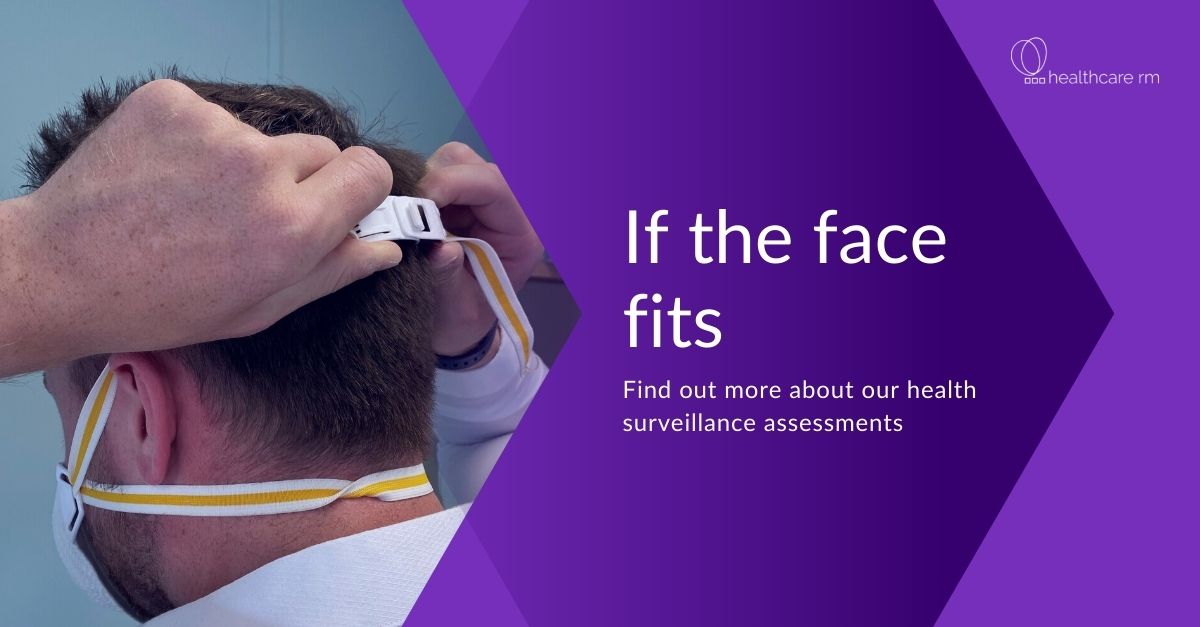
If the face fits
With lockdown restrictions being lifted and more normal working practices resuming, it’s time to turn attention to some more specialised organisational practices.
If Respiratory Protective Equipment, (RPE) is used as a control measure within your organisation under Health and Safety legislation, it’s essential that the RPE provided is both adequate and suitable for the user. RPE can’t protect the user if it leaks, a major cause of which is poor fit. Tight-fitting facepieces need to fit the wearer’s face properly to be effective.
To ensure that the RPE does provide adequate protection for the individual, tight-fitting RPE should be fit tested as part of this process.
The performance of tight-fitting facepieces will depend on being able to achieve a good contact between the user’s skin and the seal of the facepiece. It is not likely that one particular model or size of RPE facepiece will fit everyone because people’s faces are going to vary significantly in shape and size. If the fit is not adequate, it will greatly reduce the protection provided and this may lead to immediate or long-term ill health and can even put the user’s life in danger with conditions such as Asbestosis, Mesothelioma and Silicosis.
There are two types of RPE fit testing – Qualitative and Quantitative.
Qualitative fit testing (QLFT) is a pass/fail test based on the wearer’s subjective assessment of any leakage through the face seal region by detecting the presence of a solution sprayed towards them as a test agent. QLFT methods are suitable for disposable and reusable half masks, however they are not suitable for full-face masks.
Quantitative fit testing (QNFT) provides a numerical measure of how well a facepiece is sealed against the user’s face which is called a fit factor. These tests give an objective measure of face fit in comparison to the QLFT method which is subjective. QNFT methods are suitable for disposable masks, reusable half masks and also full-face masks.
A fit test should be repeated whenever there is a change to the RPE type, size, model or material or whenever there is a certain change to the user that may have an impact on the fit of the RPE; for example:
- weight loss or gain
- significant dental work
- any noticeable facial changes, (e.g., scars, moles, burns, effects of ageing etc. around the face seal area) or facial piercings.
If you would like to find out more about Face Fit or any of our other health surveillance assessments, contact us.

.jpg)





